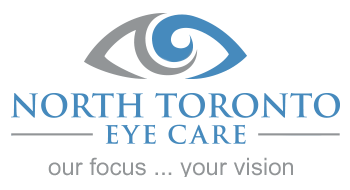Obstructive sleep apnea occurs when the muscles of the throat intermittently relax while an individual is asleep, blocking the airways. Those with OSA often experience daytime sleepiness and fatigue, but the side effects can also include ocular disorders like Dry Eye.
According to the American Academy of Ophthalmology, OSA can cause or intensify the below eye complications:
- Floppy eyelid syndrome: Slackened eyelids that can easily be turned inside-out. These ‘floppy’ eyelids are not as protective to the eye, leaving it exposed during the night in some instances.
- Glaucoma: the leading cause of blindness in people aged over 60, glaucoma is associated with the buildup of ocular pressure in the front of the eye. Those diagnosed with OSA are more likely to be diagnosed with open-angle glaucoma as compared to those with no sleep conditions present.
- Papilledema: Caused by pressure around the brain that causes the optic nerve to swell.
- Retinal Vein Occlusion: Blockage of the tiny veins that carry blood from the retina. This can lead to bleeding and leakage of fluid from the blocked vessels, leading to eventual vision loss.
- Nonarteritic Anterior Ischemic Optic Neuropathy: Loss of blood flow to the optic nerve, which can cause sudden and significant vision loss in one eye.
- Meibomian Gland Dysfunction: Characterized by a blockage of the meibomian glands, which help maintain healthy oil levels in tears. This can lead to dry eye syndrome.
Because of the heightened risk of these ocular disorders, ophthalmologists are in some cases able to identify obstructive sleep apnea prior to a patient’s knowledge that they have a sleeping disorder. This is one of the many benefits of scheduling an annual dilated eye exam, as eye doctors are able to screen for a wide range of diseases that may have deeper implications.
A CPAP machine is generally the best treatment option for those with sleep apnea, helping to keep airways open while individuals are asleep. These machines can also have an effect on a person’s eyes, as air from the machine’s vents can travel past the eyes and cause increased dryness and irritation.
Although ocular irritation may occur, it is advised that patients continue use of their CPAP machine, as it can prevent sometimes life-threatening impacts of sleep apnea. If it appears that eye problems and dryness are developing as a result of CPAP use, visit your eye doctor for guidance on how to help prevent this irritation. In some cases, a thick gel or ointment artificial tear that can be applied before sleep is beneficial. To learn more about Dry Eye Syndrome and other potential causes, visit our Dry Eye page; North Toronto Eye Care is an Accredited Dry Eye Center.
